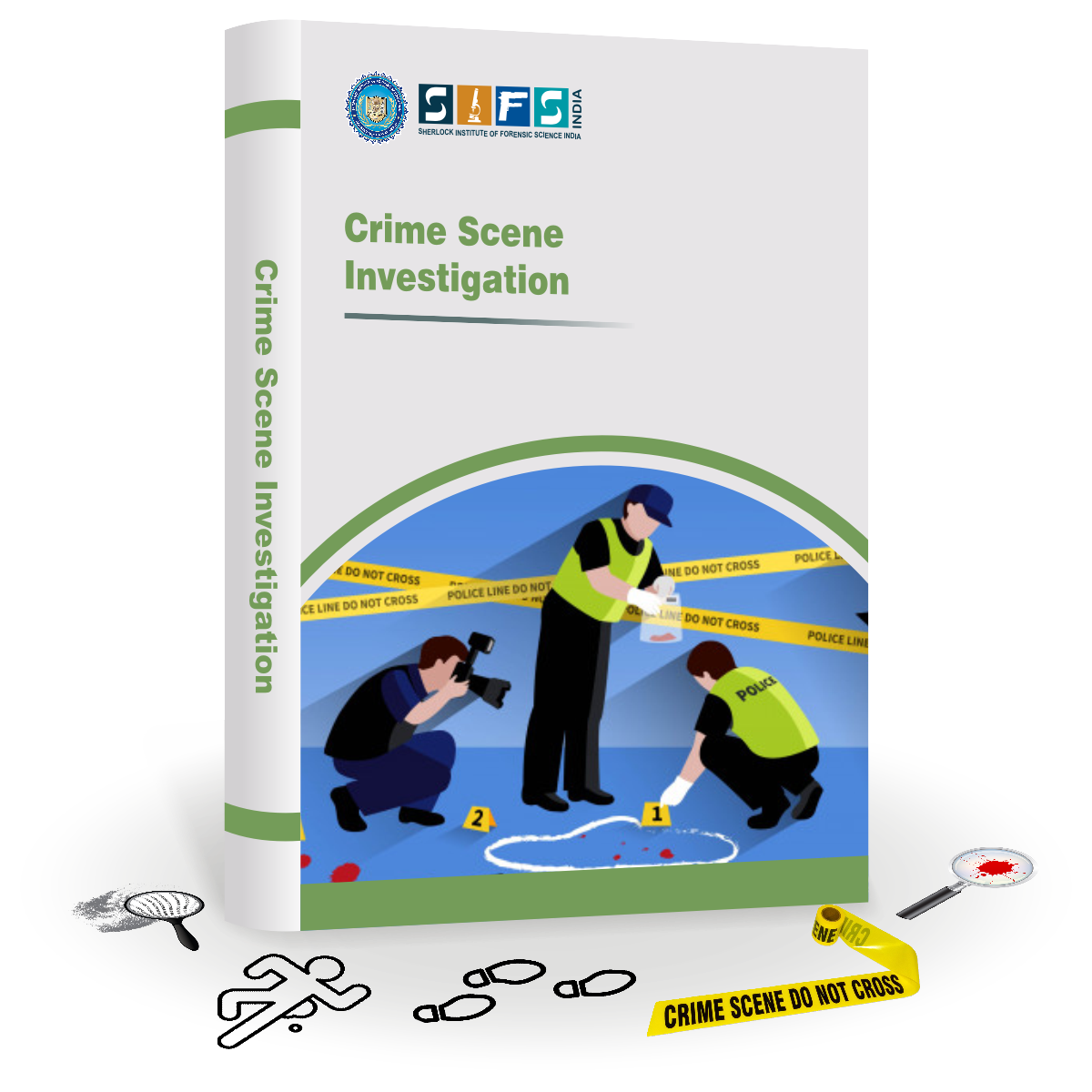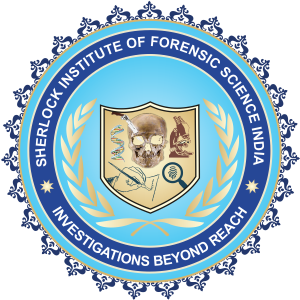MODULE 1 - CRIME SCENE INVESTIGATION
This module covers an overview, history, purpose, and principles of crime scene investigation, roles played by the first responding officer and the forensic scientist at the scene of crime, types of crime scenes, steps involved in securing the crime scene, and crime scene recording methods (photography, videography, sketching, and note-taking). You will also learn about physical evidence searching methods, a systematic approach to collecting, preserving, and packaging evidence, the concept of a chain of custody to maintain the integrity of evidence, processing and reconstructing crime scenes, and the importance of conveying findings effectively in legal proceedings.
MODULE 2 - PHYSICAL EVIDENCE
In this module, you will learn about the role of physical evidence in forensic investigations, types of evidence (physical, biological, chemical, and testimonial), approaches to locating evidence at crime scenes, the significance of photography in documenting evidence, and the process of collecting, preserving, packing, and forwarding different types of evidence to laboratories for analysis. The module also covers the concept of chain of custody to maintain the reliability of the evidence and finally the rules that govern the admissibility of evidence during legal proceedings.
MODULE 3 - CRIMINAL INVESTIGATION TECHNIQUES
This module explores the behavioral analysis of criminals, psychology, and motives that drive criminal actions, modus operandi, which are unique patterns and methods employed by criminals to commit crimes; and behavioral profile creation techniques of offenders. You will also learn about techniques like portrait parley, polygraph testing, narco analysis, brain fingerprinting, and voice-stress analysis to analyze and understand criminal behavior.
MODULE 4 - GLASS EVIDENCE
This module covers an understanding of glass analysis and its applications in criminal investigations, methods used in manufacturing glass, classification of glass into different categories, and types of glass fractures (radial, concentric, hackle, cone, and heat). You will also gain insights about the forensic examination of glass, the examination of the physical and optical properties of glass, and its elemental composition. Finally, the module emphasizes the forensic significance of glass evidence in linking suspects to crime scenes.
MODULE 5 - SOIL EVIDENCE
This module highlights the role of soil evidence in criminal investigations, historical evolution, formation and types of soil, and forensic examination of soil, including techniques like color assessment, pH measurement, microscopic examination, particle size distribution analysis, density gradient analysis, chemical analysis, mineral analysis, ignition loss measurement, differential thermal analysis, and elemental analysis. You will also learn about the interpretation of soil evidence examination, focusing on the role of forensic experts in linking soil evidence to crime scenes and suspects.
MODULE 6 - PAINT EVIDENCE
In this module, you will learn about the significance of paint analysis in forensic investigations, types of paint and their composition, and paint chemistry focusing on resinous vehicles and automotive finishes.
You will also gain insights about the forensic examination of paint, including:
- Physical and microscopic examination
- Chemical examination, including solubility tests, micro-chemical tests, and thin layer chromatography
- Instrumental analysis, including emission spectrography, IR spectroscopy, Raman spectroscopy, micro spectrophotometers, high-performance liquid chromatography, UV visible spectrophotometry, fluorescence microscopy, pyrolysis gas chromatography mass spectrometry, and pyrolysis infrared spectroscopy.
Finally, the module concludes with elemental analysis of neutron activation analysis (NAA), atomic emission spectroscopy (AES), and the interpretation of paint evidence examination, highlighting the role of forensic experts in connecting paint evidence to crime scenes, vehicles, and suspects.
MODULE 7 - TOOL MARKS AND OTHER IMPRESSIONS
This module covers the analysis of tool marks in forensic science, the historical context of tool mark analysis, types of tool marks (impression, sliding/striated/scraping, cutting, slicing, pinching, and fractured marks), recovery and collection of tool mark evidence, including documenting, collecting, and preserving the evidence, and tool mark examination, comprising a preliminary examination and a detailed examination through comparison.
You will also gain insights about new technologies used in tool mark identification, the process and methods of restoring erased or obliterated markings, the restoration of laser-etched serial numbers and bar codes, and the restoration of different surfaces. Finally, you will learn the value of tool marks and the role they play in linking tools to crimes and providing essential evidence in court.
MODULE 8 - FIBER AND HAIR
In this module, you will learn about the importance of forensic analysis of fibers and hair evidence, types of fibers (natural and synthetic), recovery and collection of fiber evidence, and forensic examination of fibers (physical, microscopic, chemical, and instrumental examination).
The module also covers history and morphology of hair, growth and development stages of hair, recovery and collection of hair evidence, forensic examination of hair evidence like macroscopic and microscopic examination, DNA isolation to determine gender and individuality, examination for chemical treatment or damage, and determination of a drug or poisonous substance from hair.
The module concludes with methods to distinguish animal hair from human hair, the forensic importance of hair evidence, and its applications in criminal investigations.
MODULE 9 - BLOODSTAIN PATTERN ANALYSIS
The module focuses on the significance of bloodstain patterns in forensic investigations, historical evolution, factors that influence the direction of the angle of impact, bloodstain pattern classification, the importance of photography in documenting bloodstain patterns, and the process of collecting, packing, and documenting bloodstain evidence. You will also gain insights about techniques used to analyze and examine bloodstain patterns at the crime scene, the significance of bloodstain patterns, and the legal and ethical aspects associated with bloodstain pattern evidence to make it acceptable in court.







